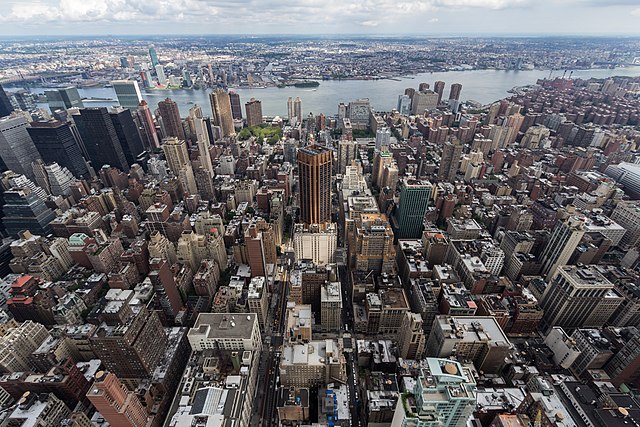

It’s not reliable.
This is STRAIGHT quoted from your source:
“This data is based on territorial emissions, which do not account for emissions embedded in traded goods. Emissions from international aviation and shipping are not included in any country or region’s emissions.”
https://www.tandfonline.com/doi/full/10.1080/00139157.2025.2434494#d1e1978
Global temperature leaped more than 0.4°C (0.7°F) during the past two years,
many Earth scientists were baffled by the magnitude of the global warming, which was twice as large as expected for the weak 2023-2024 El Niño. We find that most of the other half of the warming was caused by a restriction on aerosol emissions by ships**
You are arguing just relying on this nonsense but I don’t think you have the depth or the context to understand how you’re being willfully misled.
That paper shows how 0.2° of current day GLOBAL warming is JUST from the emissions from ocean going ships!
Like…they are pretty clever in how they can trick people but leave them feeling confident that they haven’t been tricked. It’s “reliable”. But you don’t know what you don’t even know. They are leaving out all these major elements to paint a rosy picture.
Incidentally, there is a really great piece of science about our current conversation about primary versus secondary sources:
https://agupubs.onlinelibrary.wiley.com/doi/full/10.1029/2022AV000676
an excessive emphasis on data-intensive activities and the disproportionate investment of time and resources in these activities is leading to a displacement of more foundational scientific activities of our discipline. This not only impedes the scientific progress of our field
The money, time and effort going into (climate) data visualization and other communications is a huge distraction away from deep understanding. They are regurgitating old and obsolete information that has been discredited…instead of pushing knowledge.
Now, consider this:
“The IPCC aerosol scenario has zero aerosol forcing change between 1970 and 2005, which requires low climate sensitivity (near 3 °C for 2 × CO2) to match observed warming.”
Zero! These were highly credited people. Very credible. Highly reliable even.
We are now in a position to completely understand how to view this, we can confidently look at these models and see them as majorly wrong and an extreme downplay of what was happening.
So there are two sets of accounting books going around.
One set has cooked books with major, major accounting errors. Their predictions are not working out to be correct whenever something they didn’t consider changes they get caught out for fudging their math.
One set has been audited and reconciled. They are calling their shots ahead of time and predicting future outcomes and getting their predictions right on the money. Their model is probably not perfectly but it’s not egregiously vapid either.
Do you know what version of the science you’re looking at? Your reliable sources?


https://academic.oup.com/oocc/article/3/1/kgad008/7335889?login=false